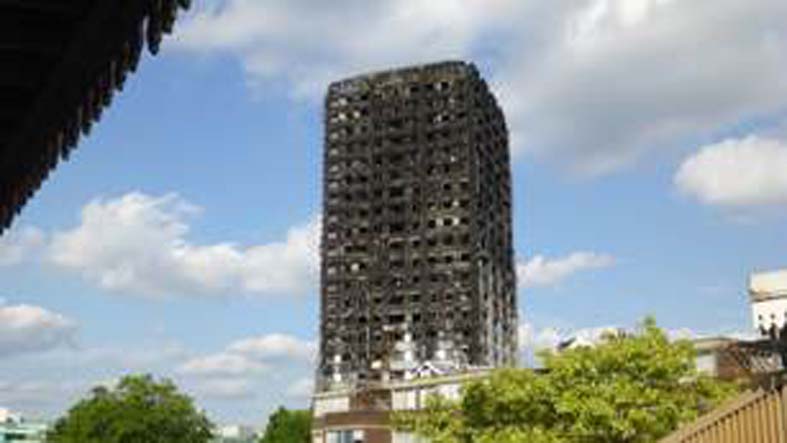A catalogue of safety failings contributing to the spread of the fire at Grenfell Tower have been highlighted in reports from experts for the public inquiry into the fire
Seventy-two people were killed when fire swept through the Grenfell Tower in London in June 2017. The inquiry, which is expected to last 18 months, is currently examining the cause of the fire, which started in a fourth floor flat, and why it spread so rapidly.
While firefighters arrived within minutes of being called and were able to extinguish the fire in the flat, they reported that a window had caught fire, which is thought to have allowed the flames to spread to the flammable cladding on the outside of the 24-storey block.
According to leading fire engineer Dr Barbara Lane, a "non-compliance" culture had existed with basic fire measures missing or "inadequate". “The number of non-compliances signify a culture of non-compliance at Grenfell Tower," she said in her report.
Dr Lane's report highlighted a catalogue of serious safety breaches that included the use of combustible cladding, installed as part of a £10 million refurbishment, which did not comply with recommended fire performance; non-compliant fire doors; windows surrounded with combustible material; and problems with lifts, ventilation systems and fire mains.
Dr Lane questioned fire service advice to residents to “stay put” in their flats when it was clear that the fire had not been contained. A change in policy recommending residents try to leave was not made until almost two hours after the first emergency call.
Richard Millett QC, counsel to the inquiry, commented in his opening remarks to the inquiry, "The fundamental question which lies at the heart of our work is how, in London in 2017, a domestic fire developed so quickly and so catastrophically that an entire high rise block was engulfed."




